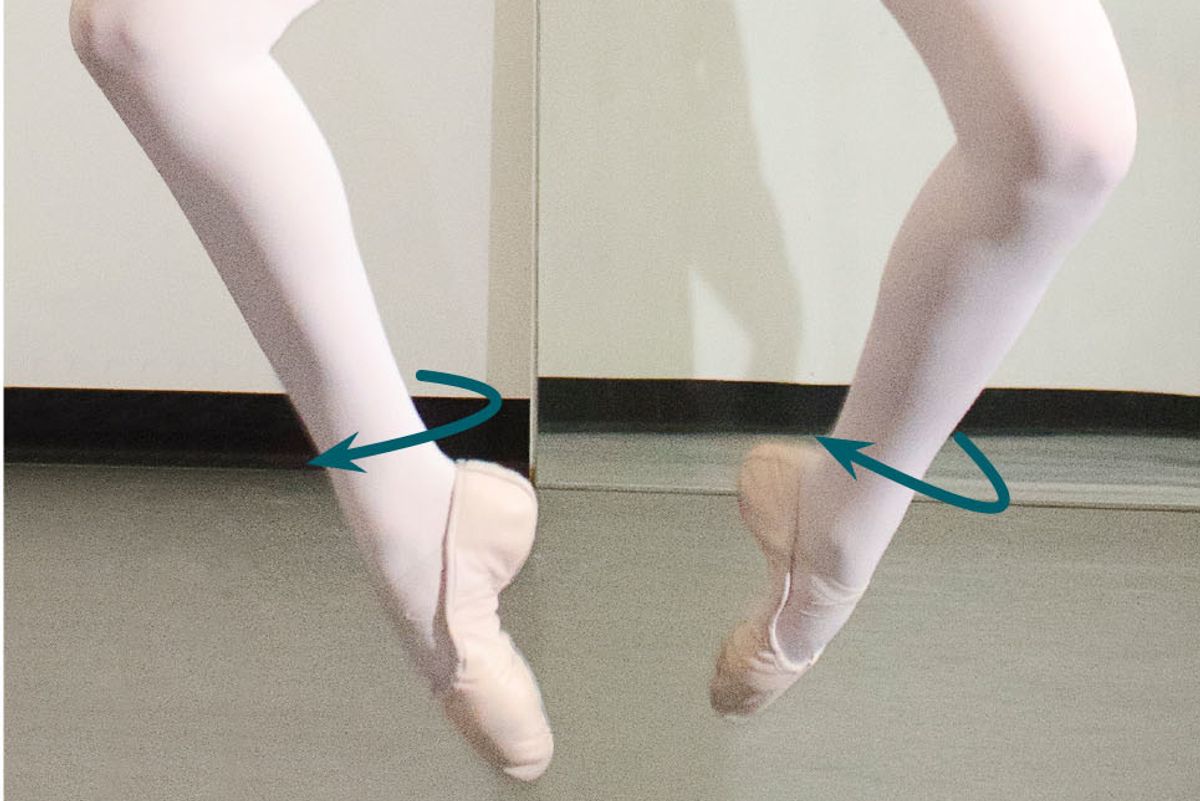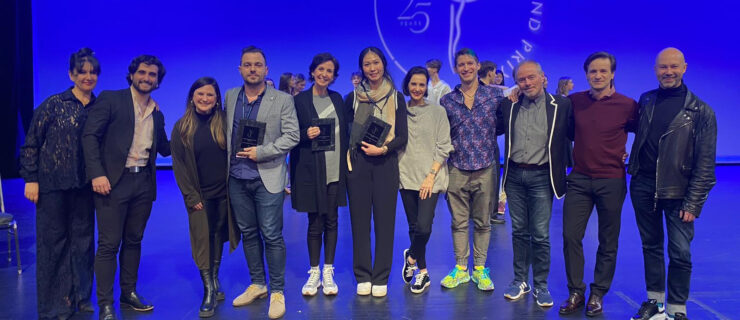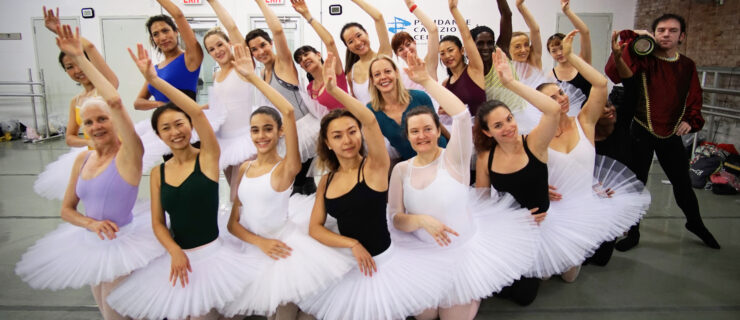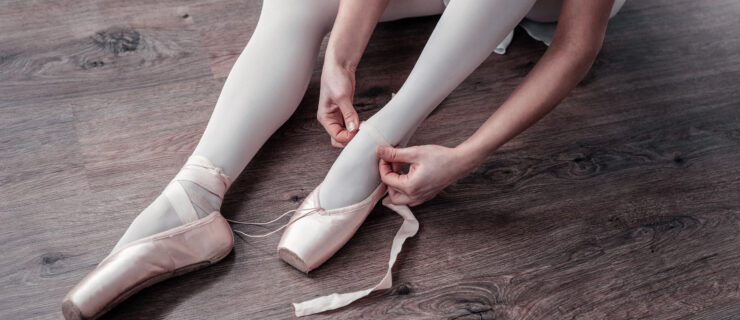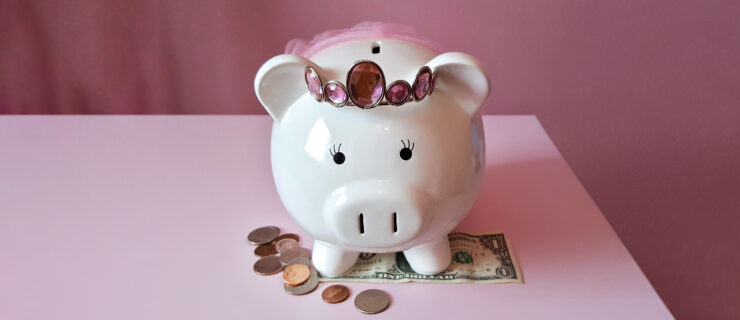Master Gargouillade With These 6 Tips
Updated 10/5/22.
Gargouillade was a trademark step for Margaret Tracey. Now, the lauded dance educator helps the next generation of dancers acquire this “magical little movement.” Here’s how.
Technical prerequisites:
To prepare for gargouillade, Margaret Tracey recommends practicing petit battement battu on pointe (“particularly serré,” she says) and fast double ronds de jambe en l’air, especially in the center with a relevé or a jump. In pas de chat, focus on getting off the ground quickly. Then, says Tracey, “there’s hope that gargouillade will fall into place.”
Rapid-fire feet:
“It’s helpful to have a big jump,” Tracey admits. “But I’ve seen dancers without that who figured out the coordination and speed.” Even though one leg begins, and the other follows slightly after (same deal for the landing), think about it happening together. “That’s how the gargouillade looks suspended in the air.”
Tip: Get that second foot up and going! Most dancers, Tracey says, focus on the first foot and run out of time to do more than one rond de jambe with the second. “Ideally, we want to see both feet do two or three circles.”
 Tracy teaching class. Photo by Igor Burlak Photography, Courtesy Boston Ballet.
Tracy teaching class. Photo by Igor Burlak Photography, Courtesy Boston Ballet.
Don’t think, just try:
“One foot does an en dehors rond de jambe, and the other an en dedans,” Tracey explains. But if your feet are circling quickly enough, it’s hard to tell which is which. “When I see students overanalyze it, they get stuck and lose their ability to feel the movement.”
Tip: Go for height, not width. “If the space between your legs in the air is too wide, you can’t get up high enough. Try to keep your toes under your shoulders.”
It’s not all about the feet: Tracey tells her students to picture the Bluebird’s arms from The Sleeping Beauty, “floating up and down” in his entrechats six. Similar coordination is important for gargouillades. To help her dancers go beyond visualization, Tracey partners them by their upper arms, giving a little lift just at the top of the jump.
